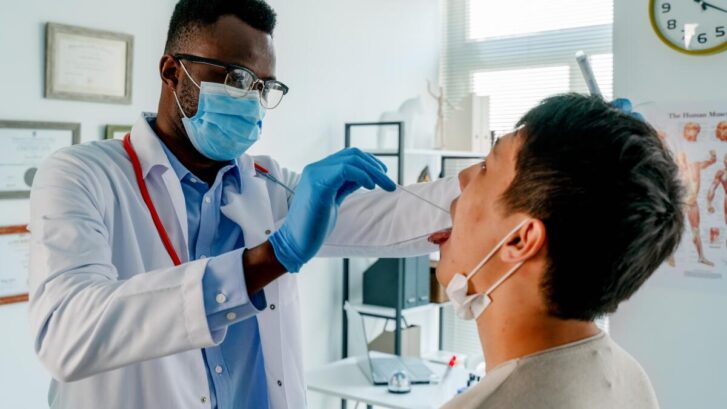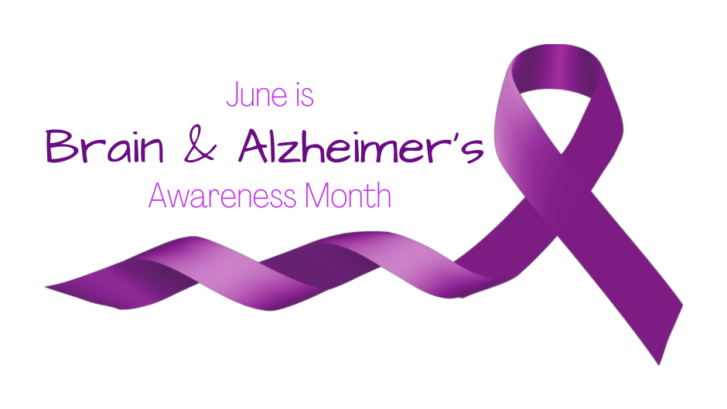Exercise and Yoga: A Breath of Fresh Air for Asthma Patients
For many years, people with asthma have been advised to tread carefully when considering exercise, given the widespread belief that physical exertion could exacerbate their condition. However, our concierge doctors in Jupiter want to share a recent groundbreaking study suggesting that certain forms of exercise might not only be safe but also beneficial for asthma sufferers.
A Shift in Paradigm
The conventional wisdom for the longest time was that exercise could trigger or intensify acute asthma attacks. But the latest study, published in the Annals of Medicine, might just change that narrative.
Researchers delved into the impacts of various forms of exercise on over 2,100 adults diagnosed with asthma. Surprisingly, results showed significant improvement in lung function across the board when compared to the traditional rehabilitation control group. The study examined five specific exercise modalities:
- Breathing training
- Aerobic training
- Relaxation training
- Yoga training
- A combination of breathing and aerobic training.
Lead author, Associate Professor Shuangtao Xing of Henan Normal University in China, emphasized that “Breathing training combined with aerobic training, and yoga training, appear to be especially promising – pointing towards new, effective treatment methodologies.”
The Standout Performers
While all five exercise modalities showed promise, certain methods stood out in specific areas:
- Relaxation Training: This mode most significantly improved Forced Expiratory Volume (FEV1) levels.
- Breathing combined with Aerobic Training: It led to the most notable enhancement in Forced Vital Capacity (FVC) levels.
- Yoga Training: Yoga particularly shone when it came to improving Peak Expiratory Flow (PEF) levels.
The outcomes of this study send a powerful message to the healthcare community. It underscores the need to weave appropriate exercise regimens into asthma management strategies. However, a one-size-fits-all approach won’t suffice. As Professor Xing mentioned, “Tailoring interventions to individual physical and mental health conditions, taking into account exercise intensity, frequency, and duration, is crucial for optimizing treatment outcomes.”
Caveats and Considerations
While these revelations are promising, they aren’t without limitations. The study faced challenges like inconsistencies in exercise frequency and intensity. Additionally, the demographic being primarily under 60 means the results may not translate directly to older asthma patients.
Nevertheless, the potential benefits of exercise for asthma patients are undeniably exciting, particularly given that roughly 1 in 13 Americans grapples with this respiratory condition, according to the CDC.
A Path Forward
It’s clear that larger, randomized controlled trials are the next step. These will offer a clearer understanding of the full range of benefits exercise might offer to individuals with asthma.
In the meantime, if you or someone you know has asthma and is considering integrating exercise into their management plan, always consult with a healthcare professional to ensure the approach is tailored and safe.
In conclusion, the winds are changing for those with asthma. Exercise, once considered a potential adversary, might just become one of the most powerful allies in the fight against this chronic condition.










